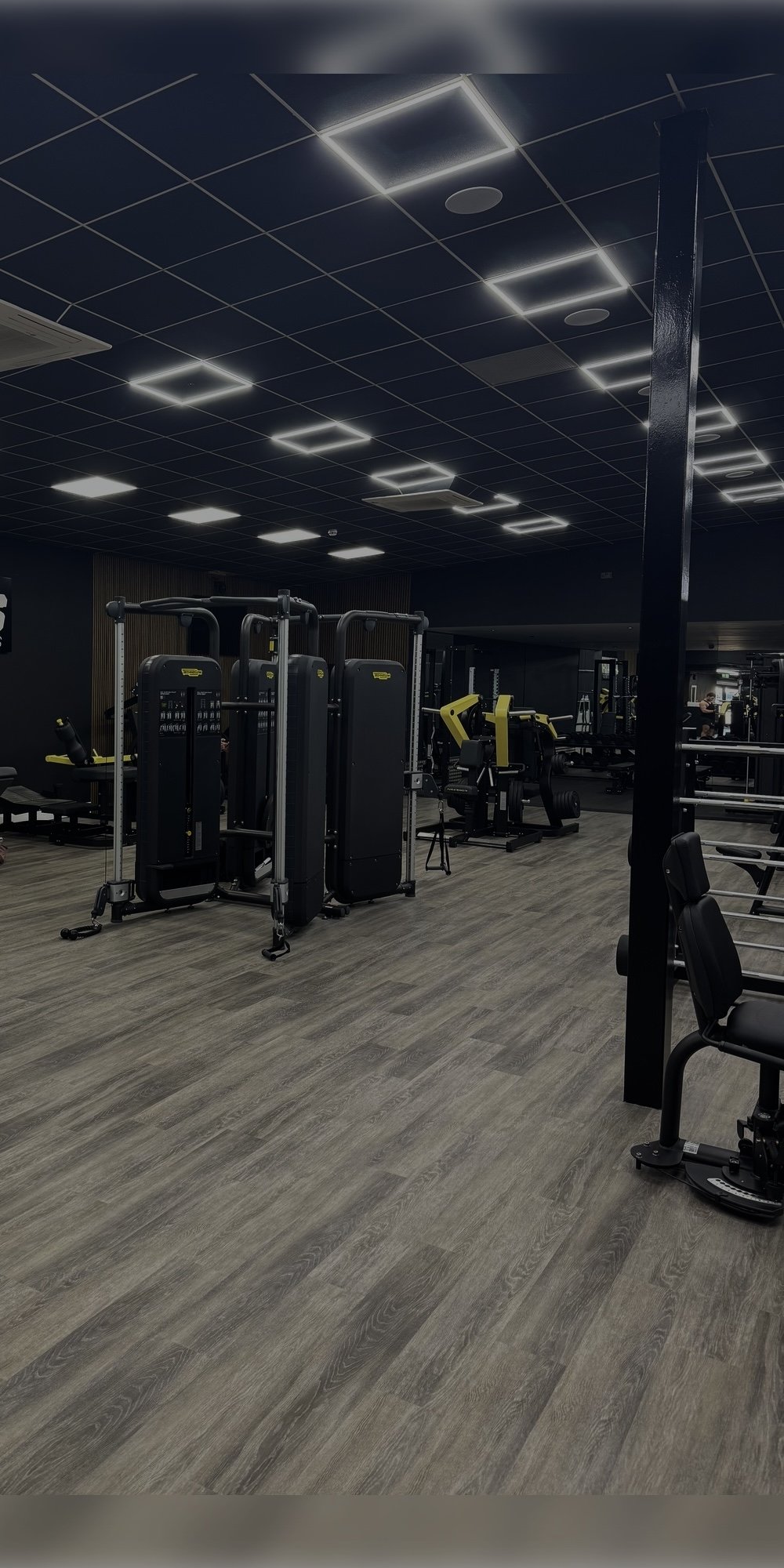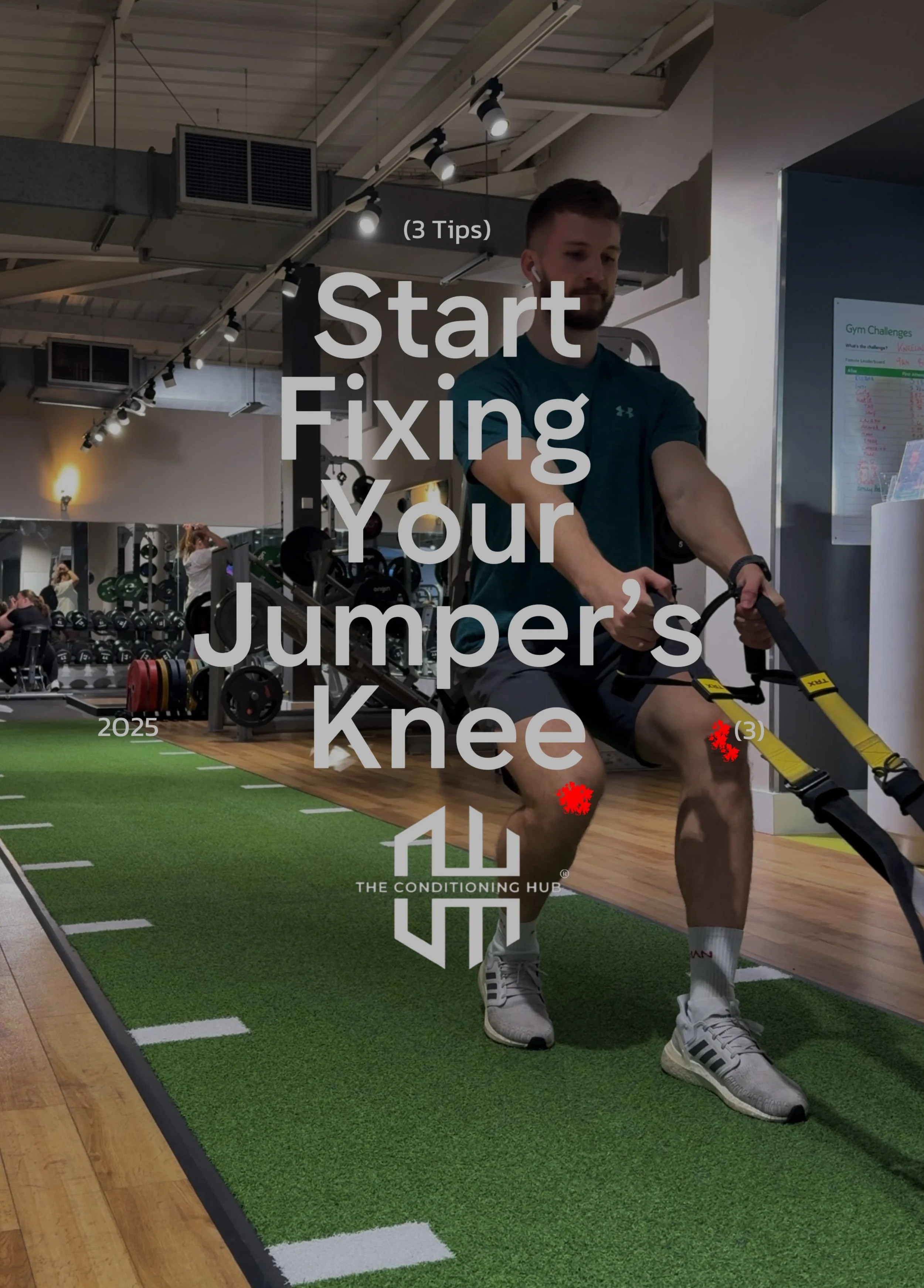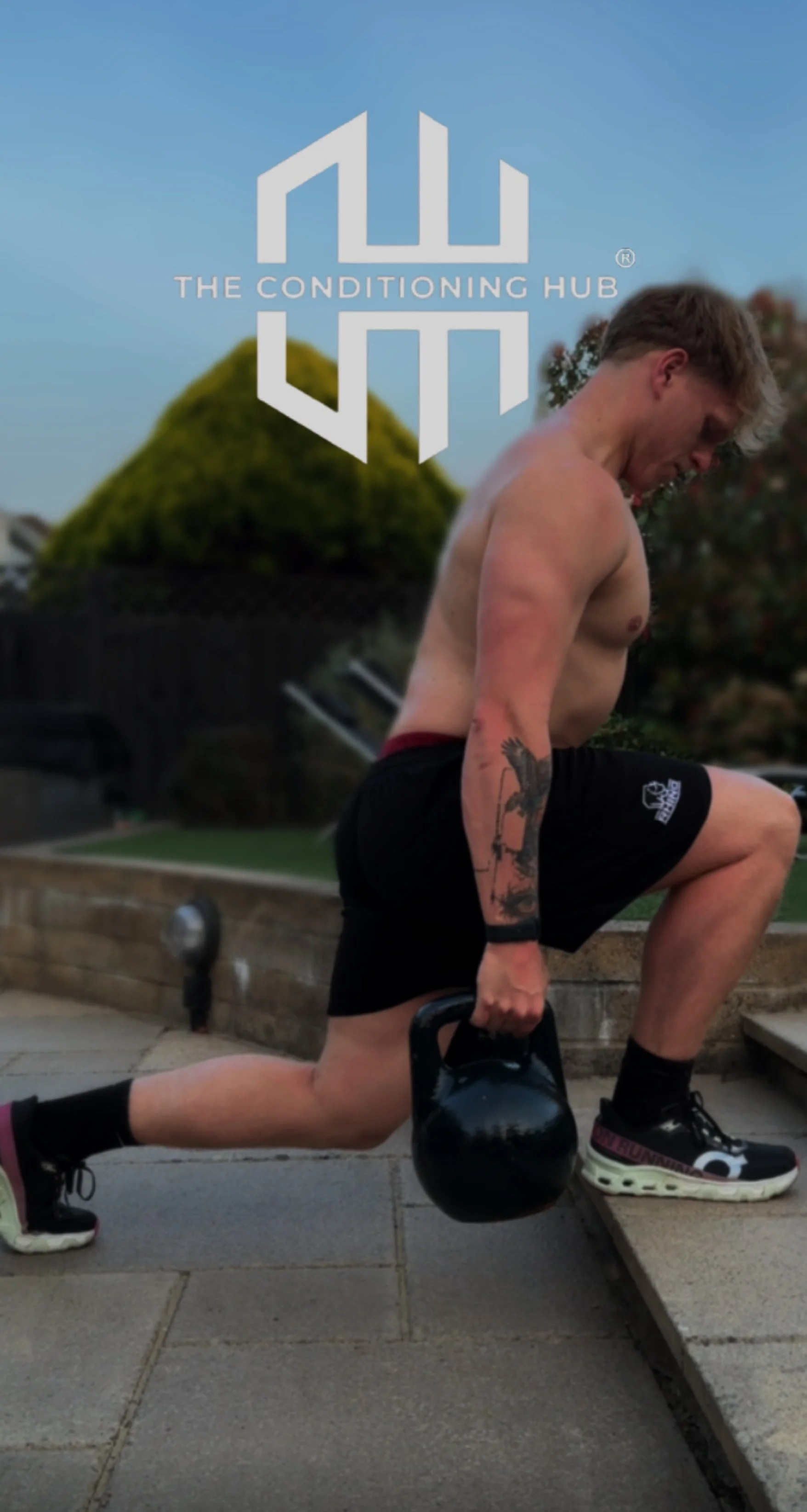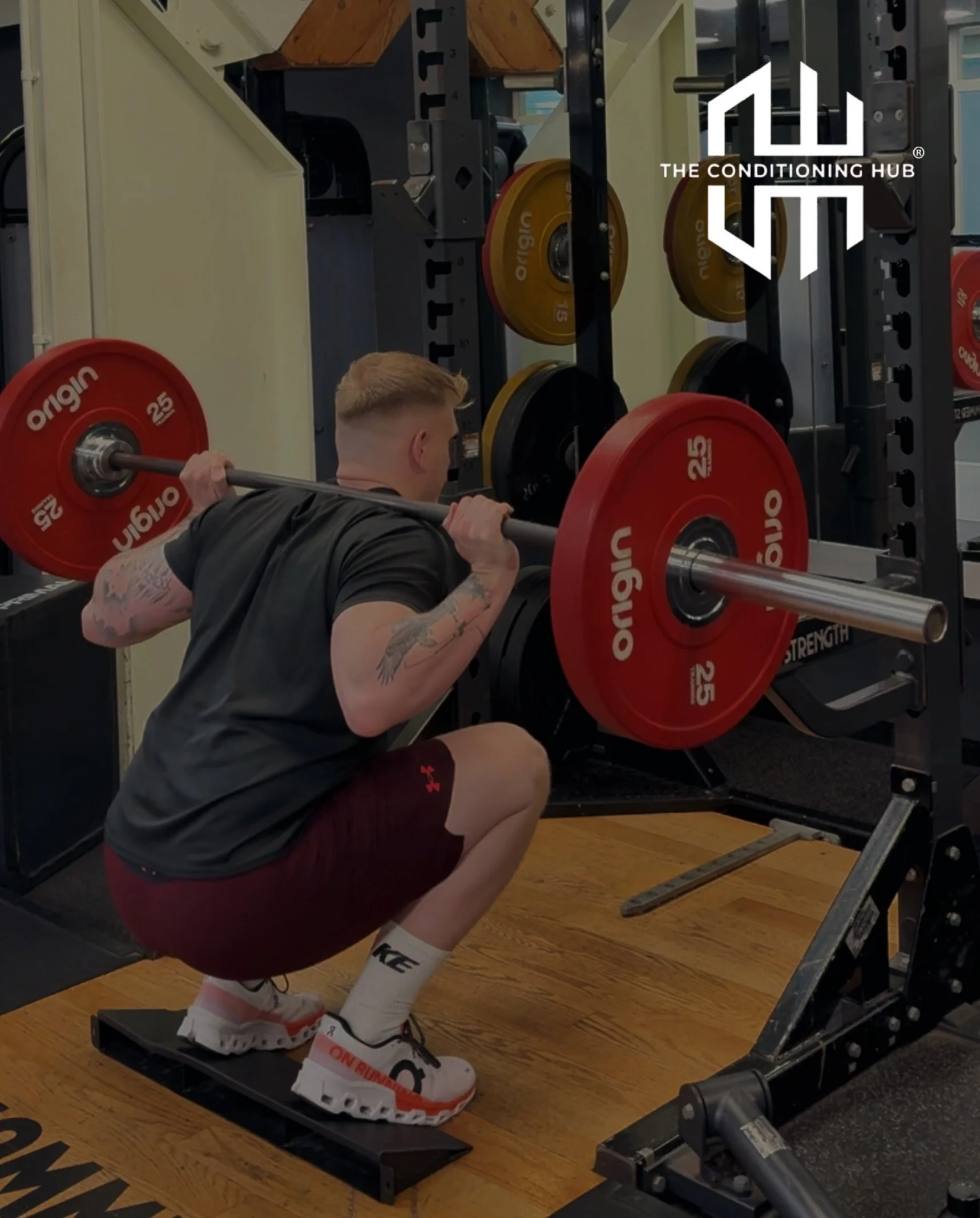
The Conditioning Hub Blog
Expand Your Knowledge Of Training

Why Mobility Is the Missing Link in Your Training
Mobility isn’t just a warm-up add-on — it’s the foundation of proper movement, strength, and injury prevention. In this post, we break down the science behind mobility training and show you how to spot the signs that it’s holding you back.

Training Smart with Jumper's Knee: Evidence-Based Strategies That Work
Struggling with jumper’s knee? You don’t need to stop training — you need to train smarter. This post breaks down evidence-based strategies using isometrics, controlled loading, and full lower-limb strengthening to reduce pain and rebuild performance, safely and effectively.

Fixing Your Tennis Elbow: Practical Strategies Backed by Science
Tennis elbow doesn’t just affect racket sport athletes — it can impact anyone with repetitive strain at the elbow. Here’s how to recover with evidence-based strategies.

Rebuilding from the Ground Up: Why the Deficit Reverse Lunge Belongs in Your Rehab Programme
Struggling with ankle stability, balance, or recurring lower limb issues? Discover why the deficit reverse lunge is a must-have rehab tool for long-term joint health and coordination.

‘Bulletproof Your Hamstrings: Why Eccentric Training Matters’
Struggling with tightness, weakness, or recurrent hamstring injuries? Learn why eccentric training is the key to stronger, more resilient hamstrings — all backed by science.

“Optimising ACL Reconstruction Pre-habilitation: A Gym-Focused Approach”
ACL surgery success starts before you even enter the theatre. This guide breaks down the best evidence-based gym exercises for ACL prehab — focusing on strength, flexibility, and joint stability to support faster recovery and long-term knee health.

“Rehabilitation After ACL Reconstruction: Gym-Based Rehab & Long-Term Knee Health”
ACL injuries are one of the most common and psychologically daunting setbacks in sport — but the right gym-based rehab approach can rebuild your strength, restore confidence, and protect your knee for the long term. Here's how to do it, backed by research.